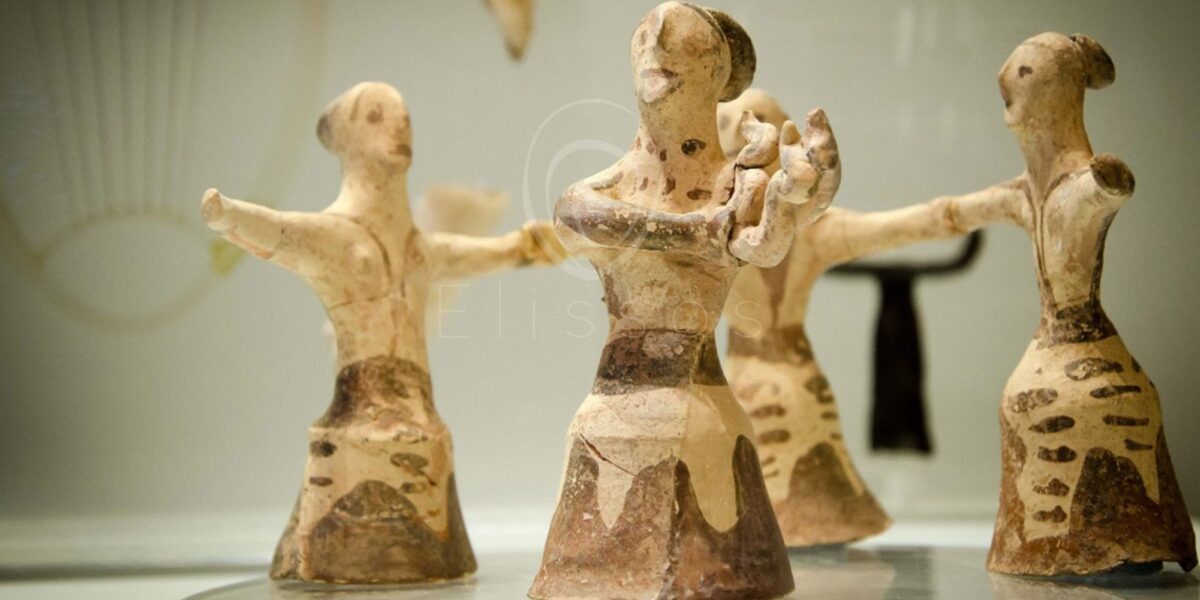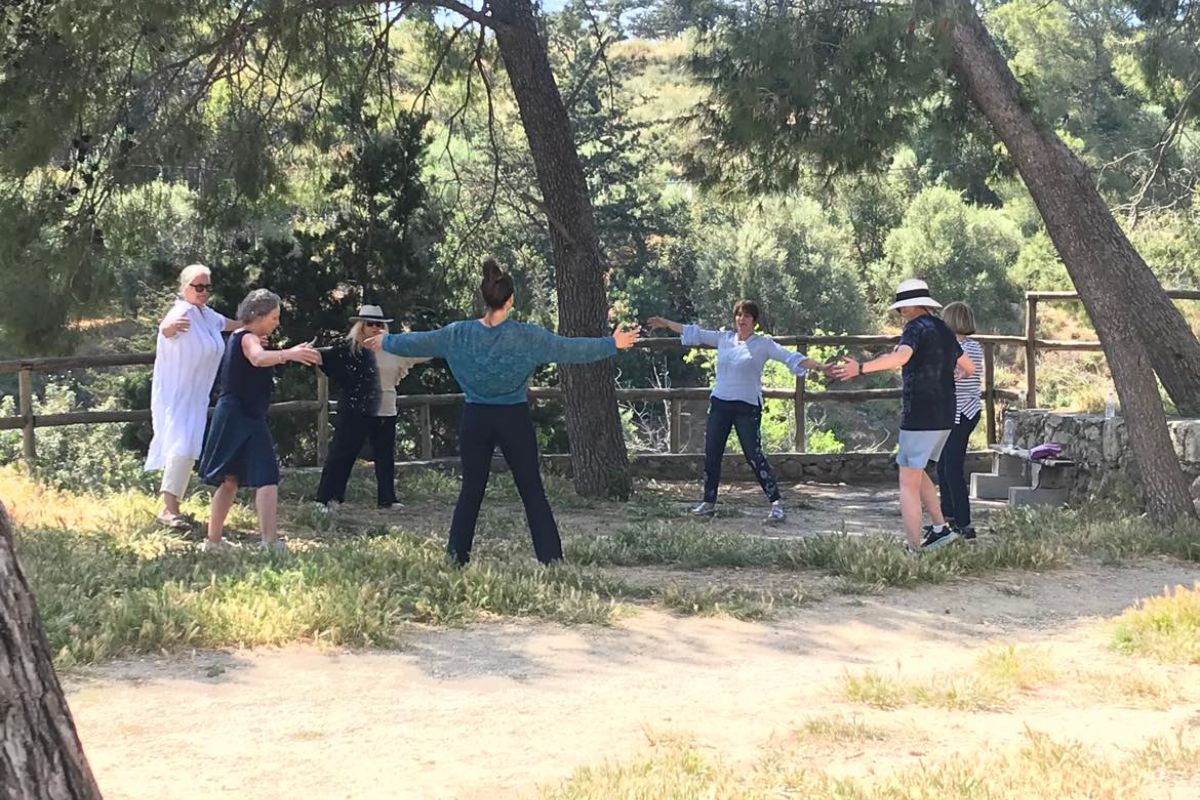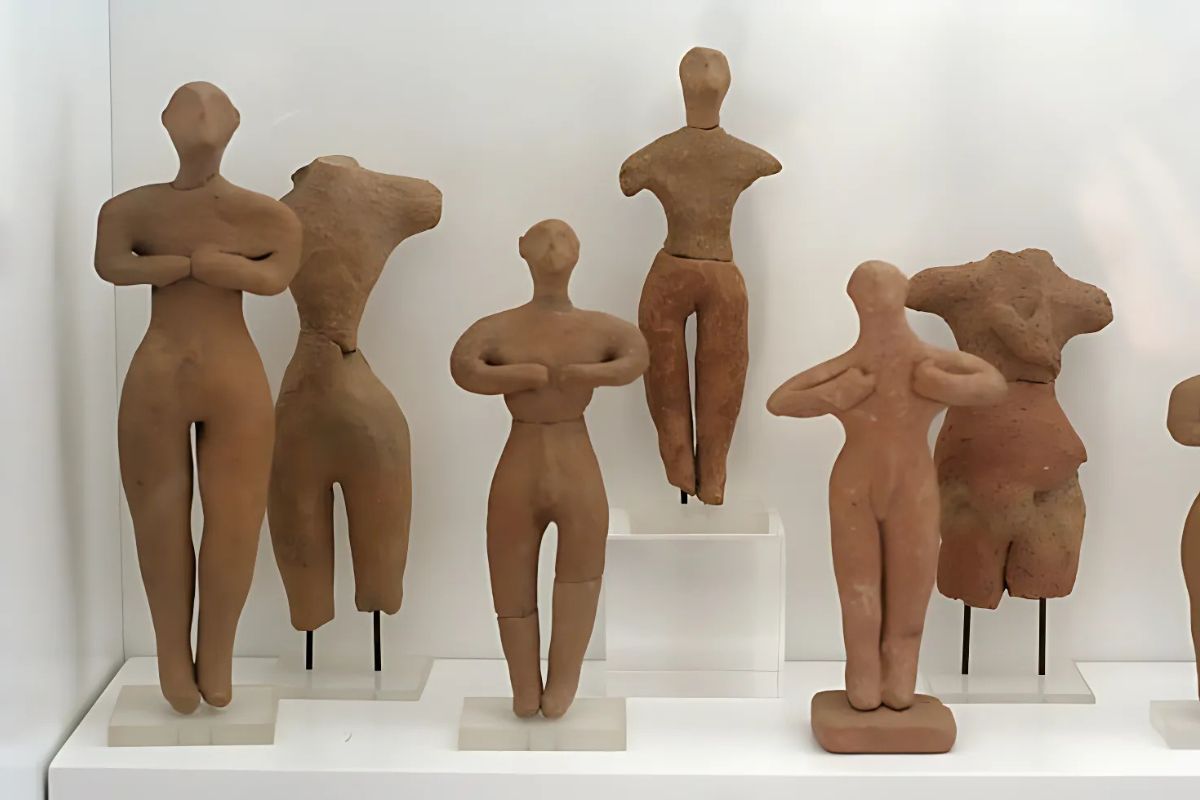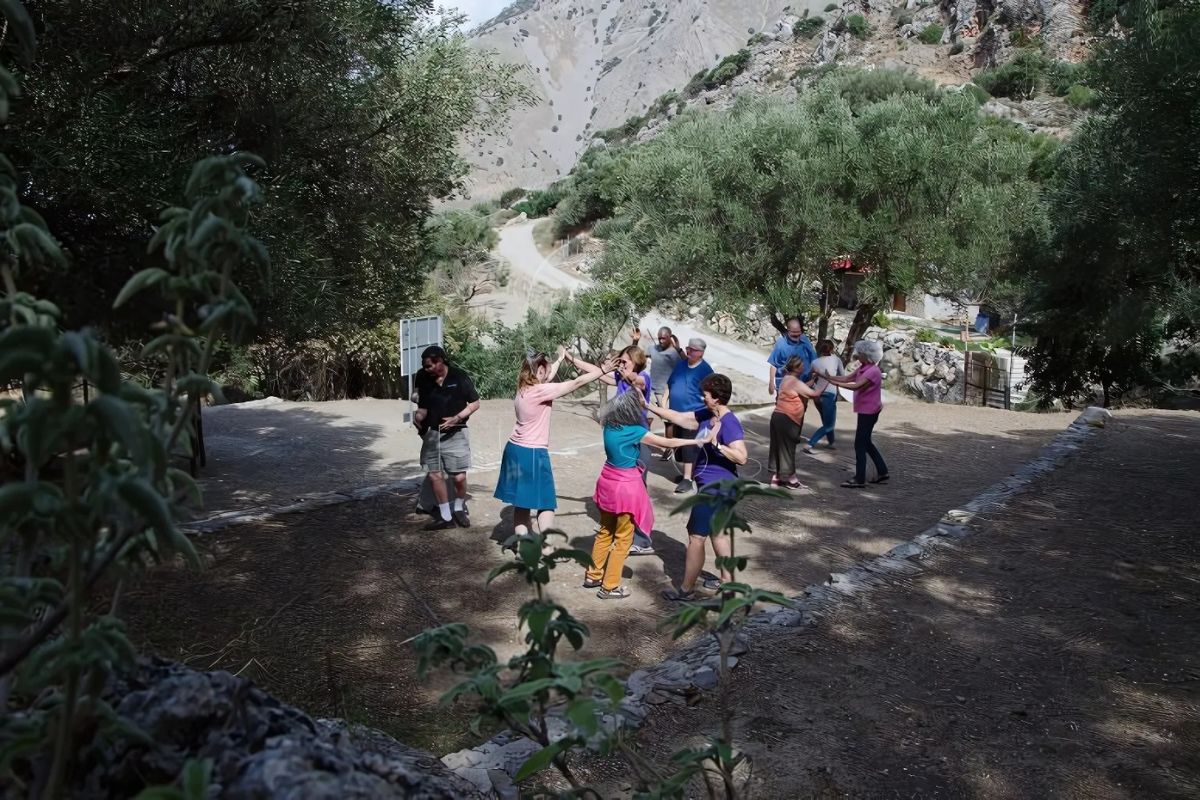Minoan Dancers: A Cultural Phenomenon

Take a trip to the beautiful island of Crete, the heart of the ancient Minoan civilization, where the captivating cultural tradition of the Minoan dancers once thrived.
A long time ago, the Minoans had a rich culture filled with art, buildings, and special ways of life. One of their most interesting traditions is the Minoan dance. This dance shows a special view of their lively community. Let’s explore where it comes from, why it matters, and what makes this ancient Greek dance so attractive.
The Origins and History of Minoan Dancers
The Minoan dance is closely connected to the history of their civilization, which began in the Bronze Age. This shows that the dances were more than just entertainment. They played a key role in Minoan life and were linked to their beliefs and community. Figurines provide us with valuable information about the dance steps and the outfits they wore.
Minoan Civilization and Its Dances
The Minoan civilization thrived on Crete from about 2700 to 1450 BC. This culture left a big mark on the ancient world. They were famous for their rich culture and art skills. Dance played a key role in their daily life. In contrast to Greek societies that came after, Minoan society let women play a larger part. This can be seen in their dances. Archaeological findings reveal that both men and women had their own dances. Each dance had its own style and meaning. Men’s dances were usually serious and linked to rituals. On the other hand, women’s dances appeared more joyful and lively.

Evidence for Circle Dances in the Aegean
Evidence for circle dances in the Aegean comes from a variety of sites.
Early Minoan Period
The first example comes from Crete in the Early Bronze Age. The settings of these dances were the Early Minoan cemeteries of south-central Crete, particularly in the region of the Mesara plain.
Figurines and Representations
Zoomorphic and anthropomorphic figurines have been found inside and around tholos tombs. A particular figurine from the site of Kamilari depicts four figures holding each other by the arms and shoulders, surrounded by a low wall decorated with Horns of Consecration. Most archaeologists concur that this group represents people dancing.
Courtyard Construction
The construction of small courtyards, paved or not, first develops in the Early Minoan Period tholos tombs, such as at Platanos and Ayia Kyriaki, and continues into the Middle Minoan Period, such as at the tombs of Apesokari. Similar enclosed but unpaved areas are found at Kamilari and Moni Odigytrias. Thus, during the Early Minoan Period, we begin to see architectural spaces that could host the performance of circular dances, the existence of which is confirmed through figural representation.
Post Palatial Period
During the Post Palatial Period, roughly 1,500 years later, the representation of the ritual dance becomes more specific. This is a period when the island of Crete is believed to have been taken over by Mycenaeans from mainland Greece, who operated out of Knossos. During this period, both architectural and iconographical evidence again attest to the existence of the circle dance.
Late Minoan Period (c. 1400–1350 B.C.)
During the Late Minoan Period, architectural features were constructed that have been linked to the performance of dance by Professor Peter Warren in his excavations in 1982.
Circular Platforms as Dancing Floors
Such areas are situated west of the Unexplored Mansion and the Little Palace of Knossos, and roughly 350 meters northwest of the Palace of Knossos itself. The evidence consists of three circular-built platforms standing in open ground. The possibility that these platforms were used as dancing floors was put forward by the excavator on the basis of several criteria.

The Role of Minoan Dancers Society and Religion
Dancing played a very important role in Minoan society and religion. It was more than just fun; it was a big part of their culture and spirit. Minoan dance symbolized many things during religious events and social meetings. It helped bring communities together and show respect to their gods. The dance moves were not only entertaining but also a way to feel close to the gods. This shows the deep spiritual beliefs of the Minoan people. Studies and pictures from old figures show how much they valued dance. It was a lively tradition that was part of daily life, linking the world they lived in with the world of the gods.
Styles and Forms of Minoan Dancing
Minoan dance styles were very different and showed the creative spirit of this old civilization. The dancers used detailed footwork and strong gestures. They amazed everyone with their smooth movements. Items found in digs and small statues show how graceful and beautiful these dances were. Well-known paintings at places like Knossos in Crete give us a look into the magical world of Minoan dance. Scholars like Sir Arthur Evans and Sir Leonard Woolley studied these dance styles closely. When we compare Minoan dances with Greek styles, we see how special they are and how they mattered in the larger story of ancient cultures.
Depictions of Dance in Minoan Art and Archaeology
Various artifacts found during excavations give us helpful views of Minoan dance. The well-known “Snake Goddess” figurines show people doing what appear to be complex dance moves. This suggests that dance was important in Minoan culture. Wall paintings in Knossos also show people moving to the rhythm, showing the link between music and dance in society. Archaeological finds, like the “Prince of the Lilies” painting, show the beauty and skill of Minoan dancers. These reflections show how vibrant and lively Minoan dance was, giving us a look into the rich culture of ancient Crete.
Seals and Mason’s Marks
A number of seals found within the vicinity of the “Great Circular Building” depict women dancing or performing ritual actions. Engraved mason’s marks (sacred carvings) were also found on slabs on the “Small Circle” and the “Great Circle.” The excavator suggests that these particular mason’s marks were designed to symbolize the lines and zigzag movements of dancing.
Iconographical Evidence from Palaikastro
During this same period on Crete, iconographical evidence for circular dances comes from the site of Palaikastro in the east of the island. The model shows three small terracotta women in long dresses dancing in a circle around a phorminx or lyre player, their arms held out from the shoulders.

Comparing Minoan Dancers to other Ancient Cultures
Minoan dancers had specific movements and signs. Their dances were very different from those seen in other old civilizations like Egypt and Mesopotamia. The dances of the Minoans focused on smooth and elegant movement. On the other hand, Egyptian dances were more organized and had a ritual feel. Mesopotamian dances told stories with planned steps, while Minoan dances were more abstract. Even with these differences, all these groups saw dance as an important part of their culture and a way to show their faith. The Minoans were known for their looser and more free movements. They had a special style that made them stand out from others in the world of dance.
Minoan dancers were not just performers. They helped share their culture and beliefs. Dance was tied to rituals and celebrations. It showed the strong link between movement, music, and ideas in their society. With their smooth moves, Minoan dancers captured the true spirit of their people. They added a sense of mystery and life to their culture. Today, the impact of Minoan dancing shows how art can keep history alive and create bonds among people.
